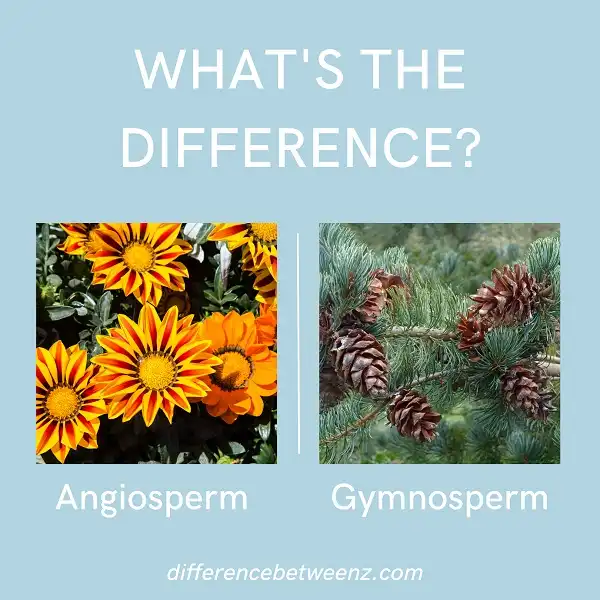There are two main types of plants in the world- angiosperms, and gymnosperms. While they share some commonalities, there are also some distinct differences between them. In this post, we’ll take a closer look at both types of plants and highlight some of the key distinctions between them. Read on to learn more!
What is Angiosperm?
Angiosperm is a type of plant that produces flowers and fruits. Angiosperms are the most diverse group of plants, with over 250,000 species. Angiosperms are found in all habitats, from deserts to rainforests. Angiosperms are distinguished from other types of plants by their flowers. Flowers are reproductive structures that contain both male and female parts. The male parts produce pollen, while the female parts produce eggs. Fertilization occurs when pollen lands on the egg, and a seed is produced.
Angiosperms are also distinguished from other types of plants by their fruits. Fruits are ovaries that contain seeds. Fruits protect the seeds and help to disperse them. Angiosperms are an important source of food for animals and humans. Many Angiosperm species are cultivated for their fruits, such as apples and oranges, or for their flowers, such as roses and lilies. Angiosperms play a vital role in the global ecosystem, and their importance cannot be underestimated.
What is Gymnosperm?
Gymnosperm is a term used to describe a plant that produces naked seeds, as opposed to seeds that are encased in a fruit. Gymnosperm plants include conifers, cycads, Ginkgo biloba, and gnetophytes. Gymnosperms are the oldest group of seed-producing plants, with fossil evidence dating back to the Devonian period. Gymnosperms are different from angiosperms, or flowering plants, in several key ways. Gymnosperms produce both male and female gametophytes on the same plant, while angiosperms have separate male and female plants.
In addition, gymnosperms use wind pollination to disperse their pollen, while angiosperms use insects or other animals. Gymnosperms are an important group of plants that play a significant role in the global ecosystem.
Difference between Angiosperms and Gymnosperms
- Angiosperms and Gymnosperms are two groups of plants that differ in their reproductive structures. Angiosperms are flowering plants that produce seeds encased in an ovary, while gymnosperms are seed-producing plants that do not have flowers or fruits. Angiosperms are the most diverse group of plants and include species such as roses, orchids, and tomatoes.
- Gymnosperms, on the other hand, are much less diverse and include plants such as pines and cedars. One of the main differences between these two groups is that angiosperms rely on animals for pollination, while gymnosperms are pollinated by the wind. Another difference is that Angiosperms produce fruit to protect their seeds, while gymnosperm seeds are typically naked or exposed.
- This difference is likely due to the fact that Angiosperms evolved after gymnosperms, and were able to take advantage of the already existing animal-pollination infrastructure. Overall, angiosperms and gymnosperms differ in their reproductive structures, which leads to different strategies for seed dispersal and pollination.
Conclusion
Angiosperms and Gymnosperms are two types of seed plants. Angiosperms are flowering plants whose seeds are enclosed in fruits. Gymnosperms are non-flowering plants whose seeds are not enclosed in fruits. There is a lot of debate over which type of plant is better, but it ultimately comes down to personal preference.


